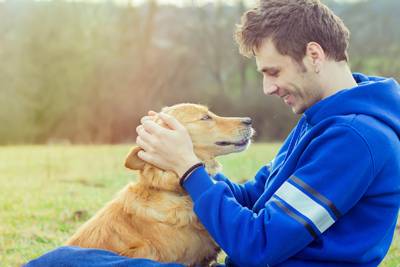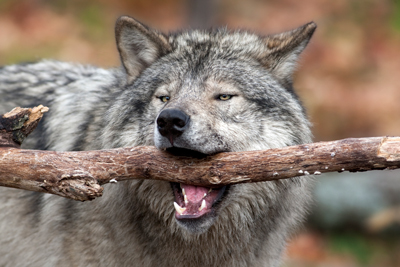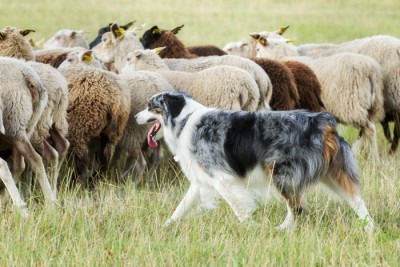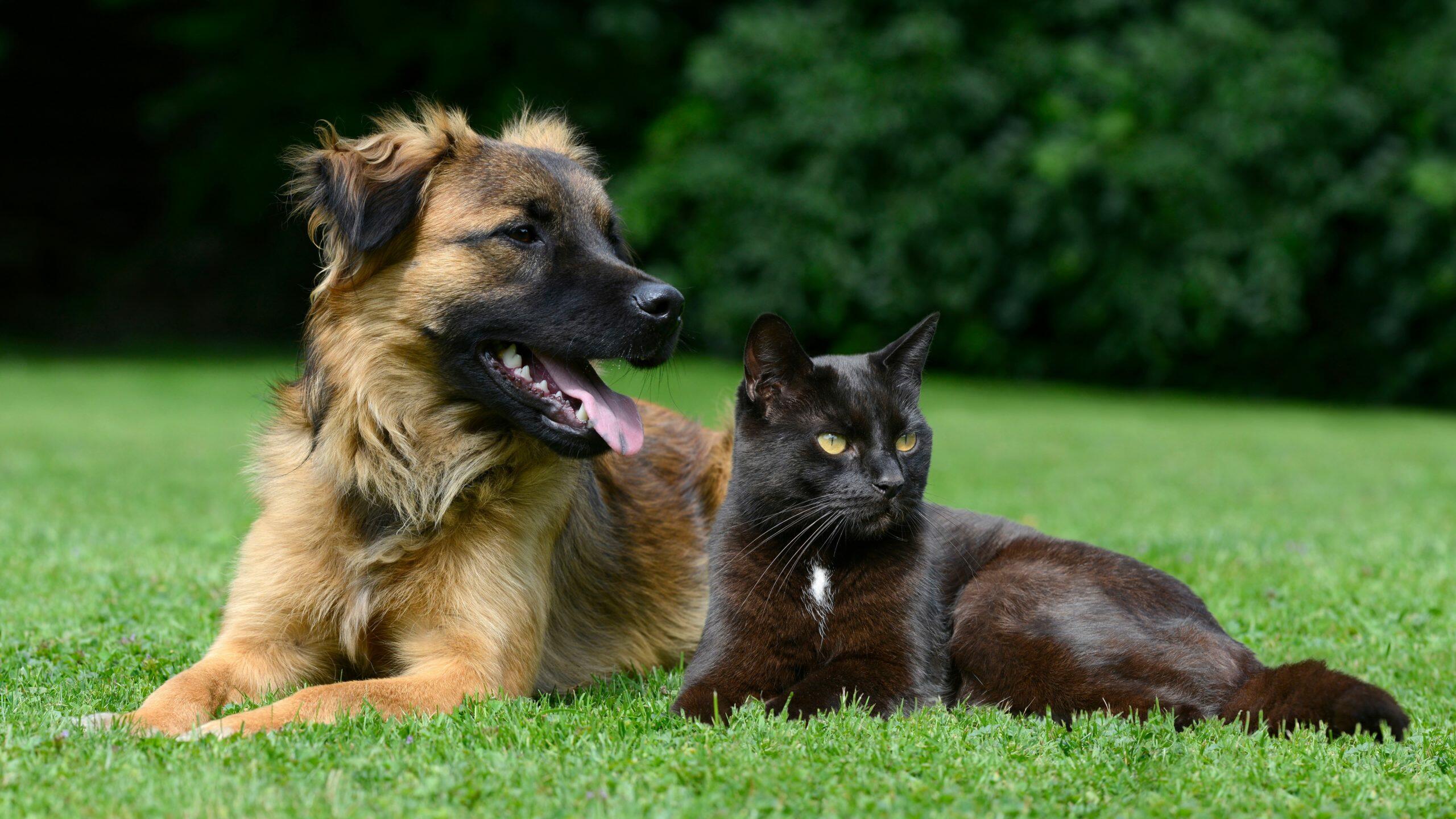When and how dogs became humankind’s best friend.

The bond between dogs and humans is a bit of a mystery, if you think about it. Why do people love dogs so much, and why do dogs love people? Researchers have studied this deep connection, yet they can’t seem to agree on what it’s all about.
The human-canine bond is not the only mystery surrounding our relationship with dogs. A definitive answer as to how and why dogs become domesticated some 30,000 years ago remains unanswered, although theories abound.
Researchers once thought that dogs became involved with humans around 14,000 years ago, when a prehistoric clan adopted an ancient wolf puppy or two. The pups grew up viewing their human companions as friends. This trend continued until an entire race of human-loving wolves evolved into domestic dogs.

Photo credit: Renald Bourque/iStock
These days, scientists have a different view of how the dog became man’s best friend. The current theory sees ancient wolves as scavengers that followed hunting parties in order to feed off the leftovers of the kill. These wolves also hung around human camps and dwellings, learning to beg for scraps. This begging behavior led these wolves to develop relationships with the humans they spent time with, and eventually, the domestic dog was born.
Thanks to recent discoveries in DNA research, scientists have been able to come up with more interesting theories about how early dogs co-existed with humans. DNA evidence suggests that dogs first became domesticated in southern East Asia, from grey wolves that originally developed in China. Glaciers probably prevented dogs from leaving part of Asia, but when the glacial period ended around 15,000 years ago, dogs spread toward the Middle East and Africa. By 10,000 years ago, they had populated Europe.
Of course, dogs didn’t move through continents all by themselves. Researchers believe they followed human populations, scavenging along the way. In fact, DNA research suggests that one group of early dogs traveled out of southern East Asia, but then went back, heading toward northern China, following humans. This group of dogs interbred with dogs already living in China, creating the canines that would eventually migrate to the Americas.

Photo credit: Bigandt_Photography/iStock
When the Europeans came to the New World, they discovered that native populations had dogs living with them, which lends credence to this theory. In fact, the Plains Indians of North America had already found a way to put dogs to work, using them to pull travois loaded with belongings, thus making a nomadic lifestyle easier.
Of all the domestic animals we live with, the dog is our oldest friend. Dogs were there before cats, cows, horses and sheep. While the first canines may have been preoccupied with chowing down on our scraps, within a few thousand years, dogs were doing much more than just eating our leftovers. Dogs became workers, guarding settlements, herding livestock and pulling carts. And when we found other means to get those jobs done, dogs hung around and found a new task, one that we seem to cherish above all others: to be our companions.
Sources: The NY Times and Scientific American
About the Author: Audrey Pavia is an award-winning freelance writer and author of “The Labrador Retriever Handbook.” She is a former staff editor of Dog Fancy, Dog World and The AKC Gazette magazines. To learn more about her work, visit www.audreypavia.com and hollywoodhoofbeats.net/





